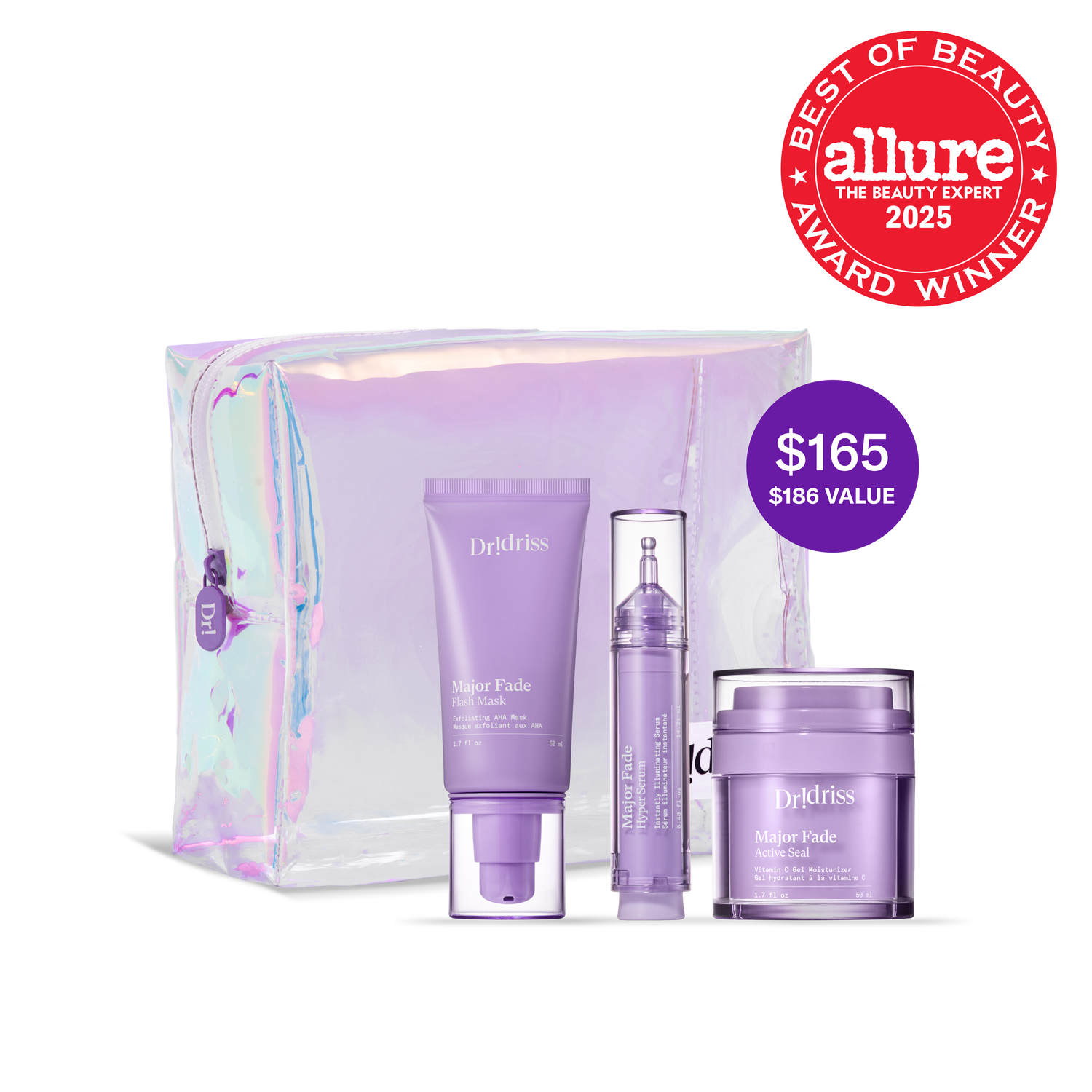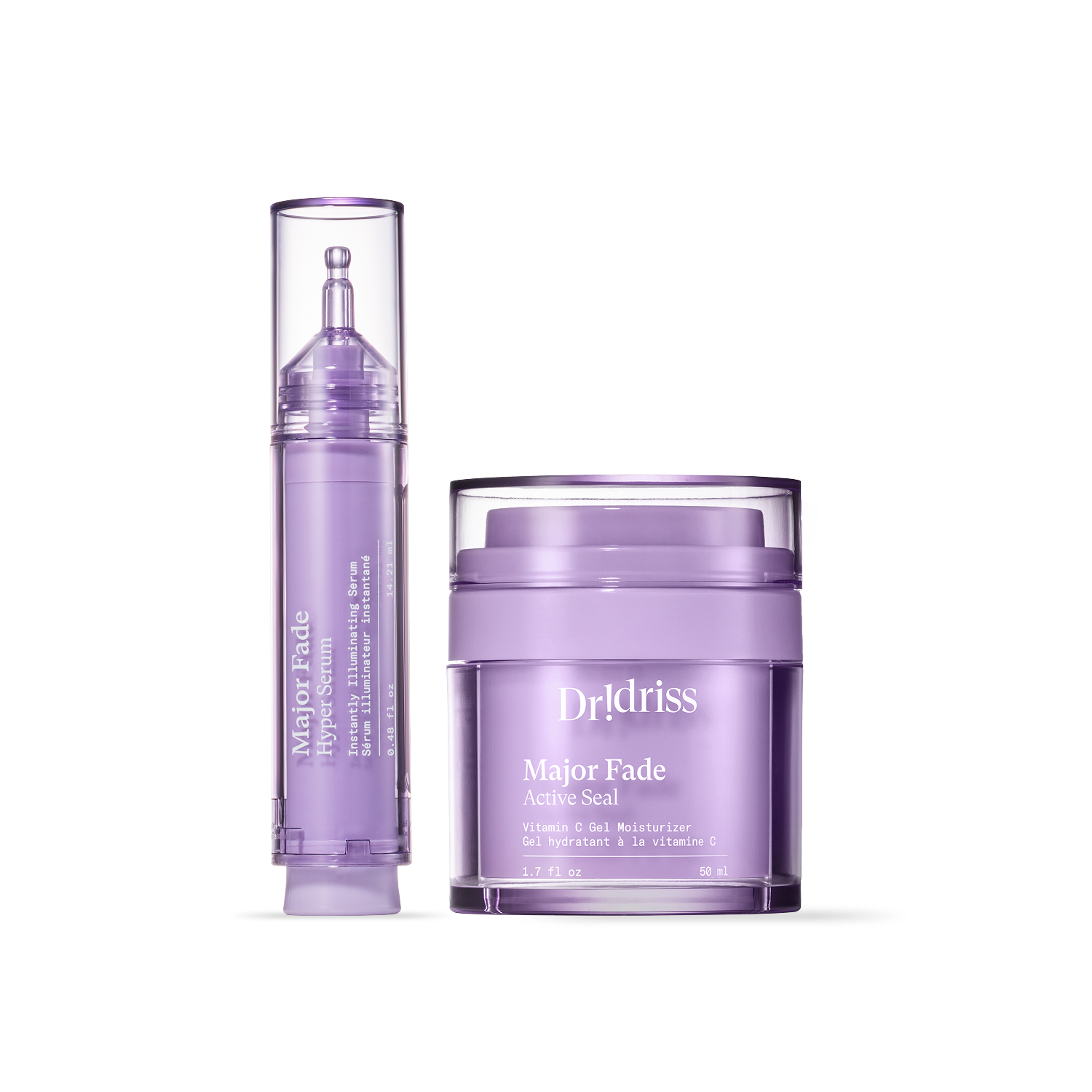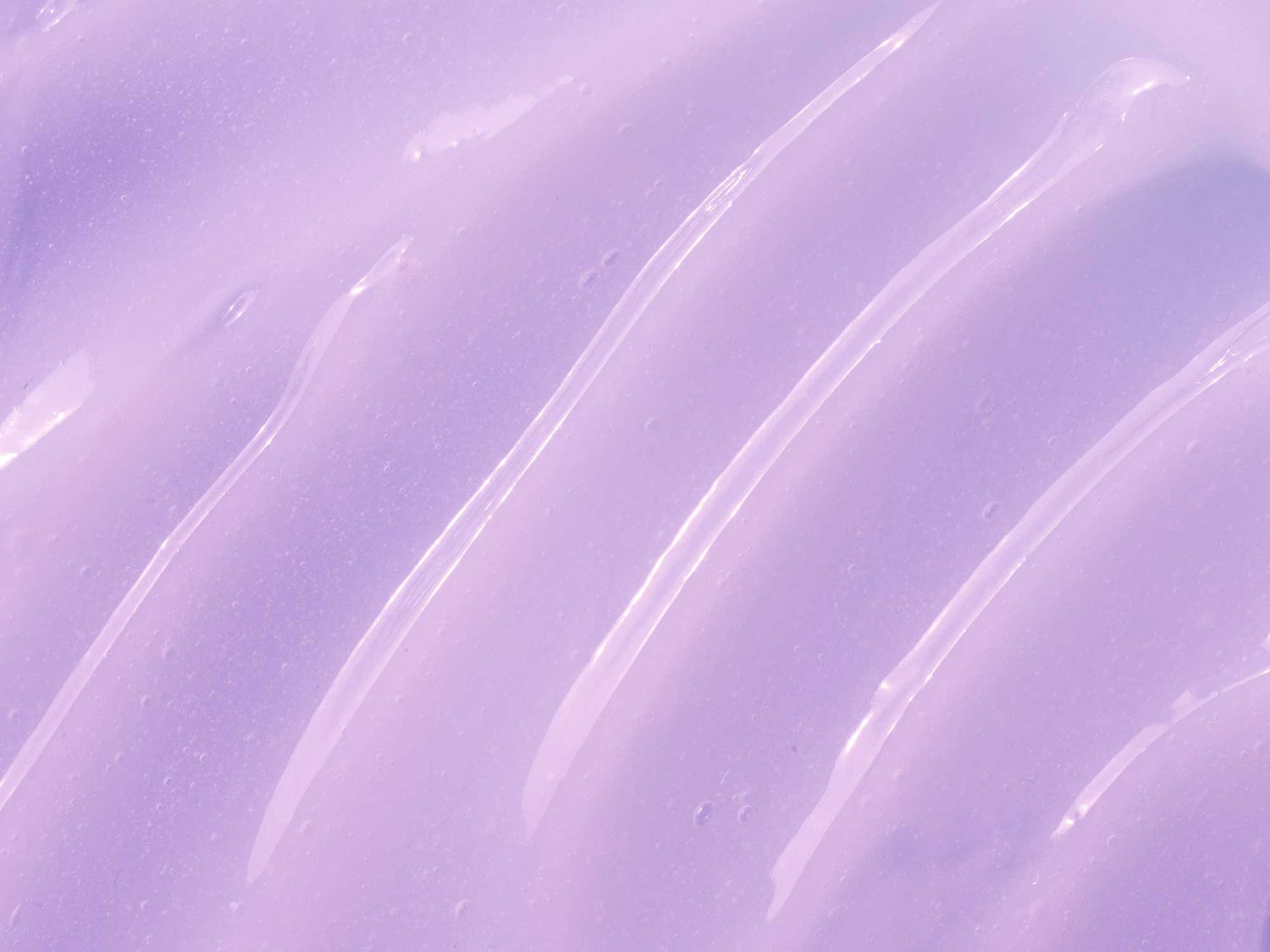
For those wondering what on earth is even keratosis pilaris — well, in short, keratosis means ‘too much keratin’ while pilaris translates to ‘hair follicle’ in Latin. Jointly, they form the medical term keratosis pilaris (AKA KP), which is used to refer to a build-up of keratin around the hair follicles.
What does KP look like?
First and foremost, KP is a completely benign skin condition that is totally harmless and non-infectious (just pointing this out from the get-go in case your Google search earlier has completely freaked you out with a terrifying, and inaccurate, online diagnosis). KP will not affect your physical health, but it can wreck a guy or gal’s self-confidence, which is why I wanted to put this blog post together to help you get around it.
How or why do these bumps develop?
Typical characteristics of KP are rough, scaly, dry bumps, particularly around the hair follicles, that often appear on the outer arms, thighs, and butt area. These bumps are caused by a buildup of keratin that blocks the opening of the hair follicles, resulting in keratin plugs — i.e. the little bumps that form around each hair and give off the appearance of goosebumps or ‘chicken skin.’
Who is affected by KP?
KP is most common in children and teens as well as adults under the age of 30. With regards to skin types, KP usually affects those with a history of dry skin and eczema, and it’s also hereditary, so family history will heighten the chances of you developing it.
Other key factors to keep in mind:
- KP is usually worsened and becomes more visible in the winter due to dryness induced by the climate.
- Body mass index can also contribute to its prominence, so the higher your BMI, the more likely it will flare up.
- Certain medications (like vemurafenib for melanoma) can also trigger KP formation.
The symptoms of KP
KP can either go two ways:
- Completely asymptomatic to be the point where you don’t even know it’s there until you randomly run your hands over the area or areas and feel the bumps.
- Or, it can straight up be unpleasant and itchy, and this is when professional treatment should not be glossed over.
How long does KP last?
Honestly, it differs — for some, it can fade by your 30s, but for many, it persists beyond that, and that’s when maintenance therapy comes to play.
And what do I mean by ‘maintenance therapy’?
Essentially, developing an understanding of your skin’s KP — in other words, being able to discern the conditions in which a flare-up will likely occur and learn how to navigate one and treat it productively.
Tips to prevent flare-ups
What to avoid:
- Shaving and waxing — as these are quite abrasive on the skin, so consider laser hair removal instead if your budget allows.
- Long, hot showers. I know these are soothing and zen-inducing, but their dryness-inducing too, which can further aggravate your KP.
- Consider also parting ways with your bar soaps and foamy cleansers, as these can strip your skin of its moisture.
- Try to shy away from self-tanners as well, as these can make the appearance of your bumps more prominent.
Six at-home maintenance therapies (to help calm your KP)
- Humidifiers are your BFFs to help soothe your skin and keep it supple, especially if you live in a dry environment.
- For KP breakouts, always use a (non-foaming) body cleanser that’s loaded with AHAs or BHAs like Neutrogena’s Oil-Free Acne Wash (with 2% salicylic acid), to gently buff your skin. A quick tip: I always advise lathering and rubbing on your cleanser at least 5 minutes before jumping into the shower — this way, it has adequate time to sit and work its magic before it’s rinsed off.
- If you’re not feeling the daily exfoliating washes and would rather opt for a light chemical exfoliant several times a week, Starface’s Exfoliating Night Water is a great pre-moisturizing treatment. It has AHAs, BHAs, and PHAs, as well as niacinamide to help soothe and minimize redness.
- Arnicare Arnica Gel is another miracle worker for inflammation associated with KP, especially for those who cannot afford an in-office laser procedure.
- In the moisturizer department, seek out formulations with AHAs like lactic or glycolic acid and urea. Urea is an ingredient with keratolytic properties — meaning it helps break down and loosen excess keratin, leaving you with softened and smoother skin. I usually prescribe Amlactin Daily Moisturizing Lotion and Eucerin UreaRepair PLUS 10% Urea Lotion to my patients, and I equally love both.
- And for those who don’t want to use acid-based moisturizers, retinol is an effective alternative. A good starting point is prescription strength in the lowest concentration to use on the back of your arms or legs at night. But if you find a prescription-strength solution too drying, A313 Vitamin A Retinol Cream is the next best thing. It’s an ointment-like base with amazing spreadability that locks in moisture well.
And that’s that on KP at-home maintenance! Shop all my KP skincare favorites via the link here


















